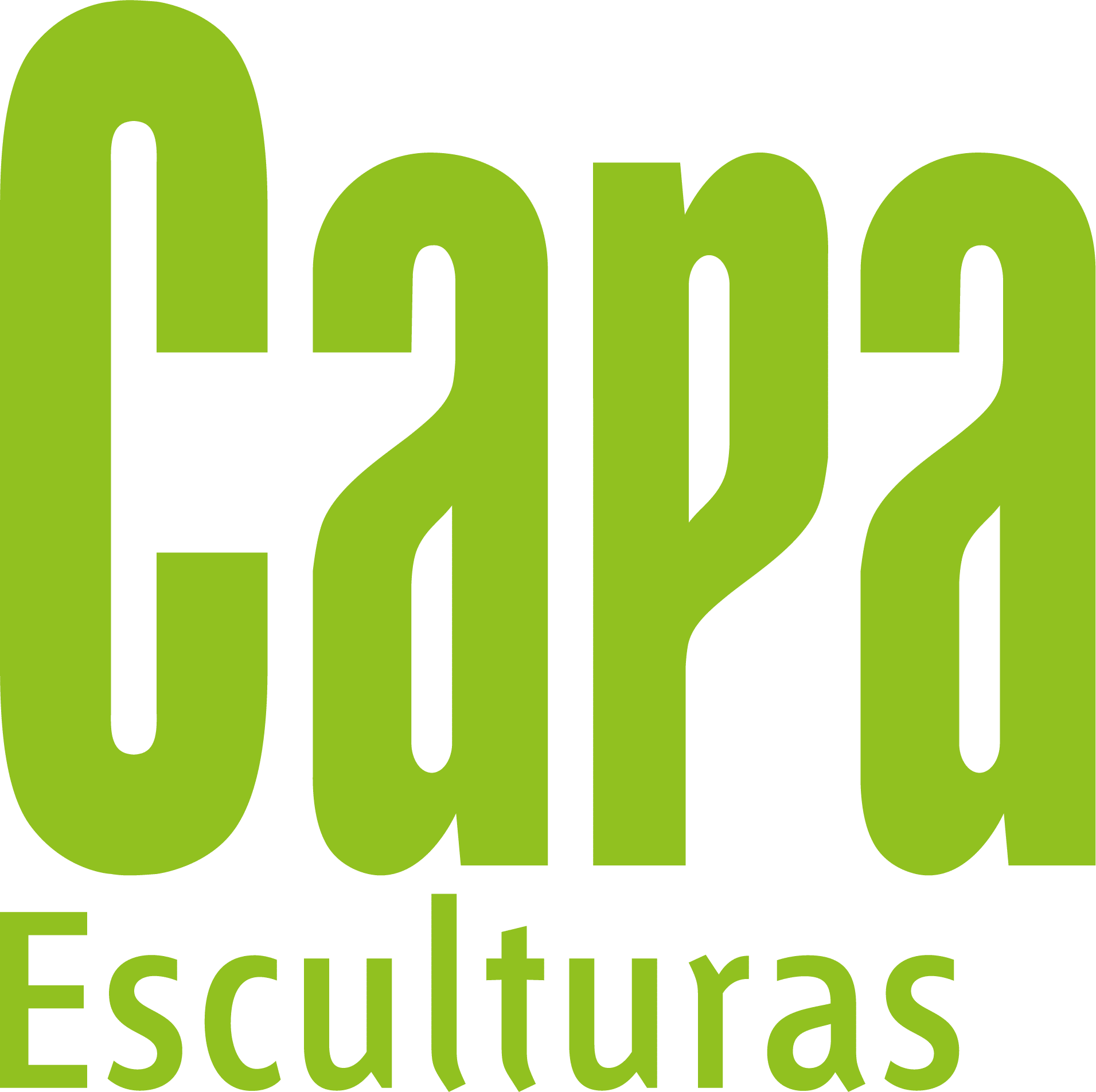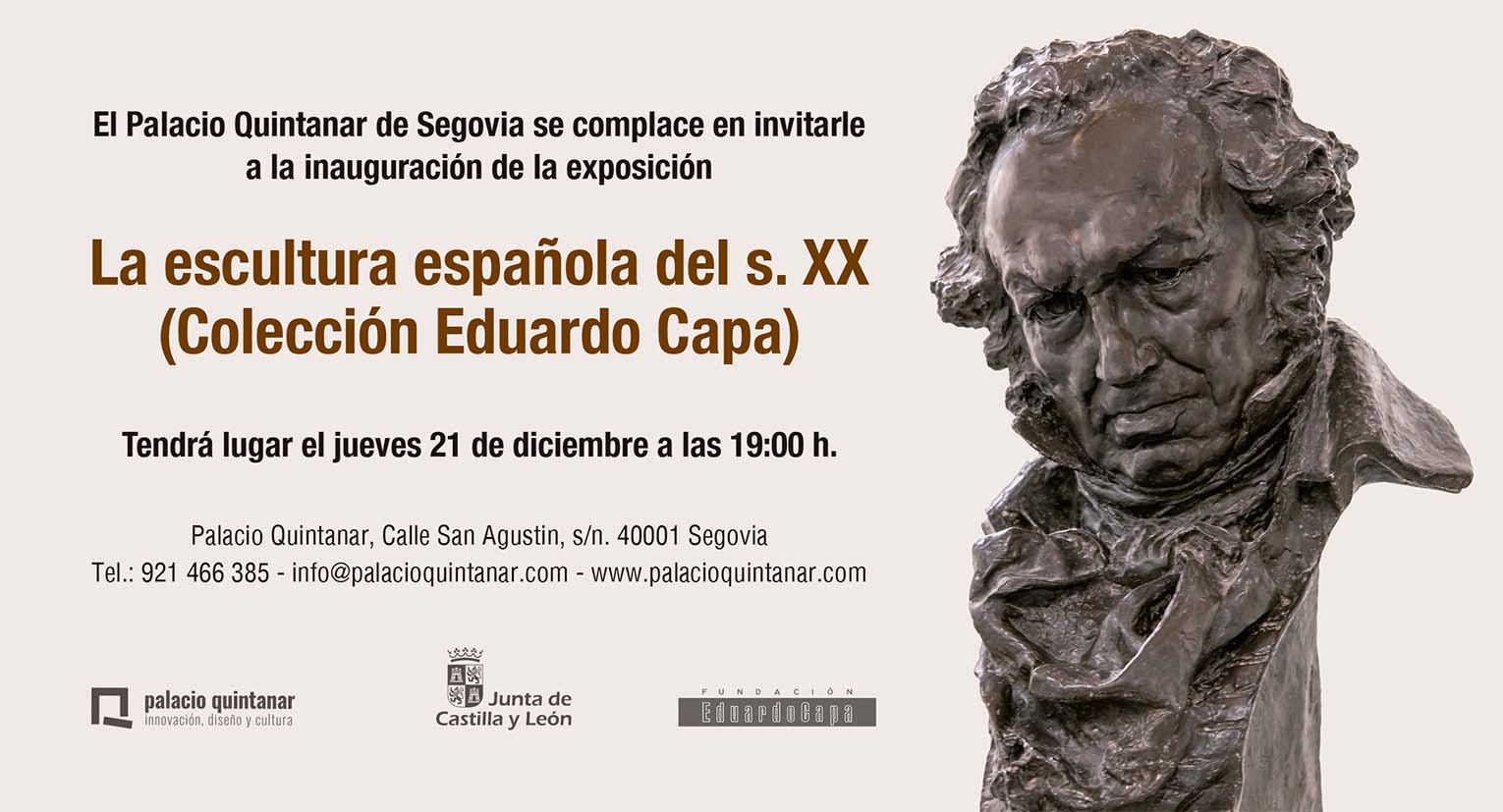Artists at the Quintanar Palace.
The Palacio Quintanar presents a retrospective exhibition of 20th century Spanish sculpture through the Eduardo Capa collection. Artists such as Salvador Dalí, Mariano Benlliure, Jorge Oteiza or Alberto Sánchez, among many others, are featured.
The Capa Foundation’s collection arose from the relationship between Eduardo Capa and artists who sought his services for their works. Thanks to this collaboration, the creation of significant artistic pieces was fostered. The Capa foundry stood out in the Spanish art of the 20th century, being key in sculpture. If not all, then almost all the artists who have shaped Spanish sculpture in the last century have passed through it.
Examples are Salvador Dalí, with his monument to Newton, Mariano Benlliure, creator of the bust that today is the Goya prize. So are the Oteiza brothers. And also Alberto Sánchez, author of “El pueblo español tiene un camino que conduce a una estrella”, a work presented at the Universal Exposition of 1937. This piece, together with Picasso’s Guernica, is now installed at the main entrance of the Museo Nacional Centro de Arte Reina Sofía.
Eduardo Capa: Foundry and teaching.
Eduardo Capa Sacristán (1919 – 2013), native of Coca, Segovia, was a person dedicated to art from its beginnings. Eduardo Capa trained with Juan Luis Vasallo and later taught as a professor at the Academia de Bellas Artes de San Fernando, Madrid. Teaching has been a constant presence in his life. His career encompassed sculpture and restoration, always with a special interest in learning, applying and improving the different sculptural techniques. The foundry will be a task to which he will dedicate his life, starting with his foundry in Coca and later taking it to Arganda del Rey.
Legacy of the Capa Collection: Art and Friendship.
The collection is made up of works of different origins. Friendship inspired some gifts, foundry tests gave rise to others, and several artists donated their works as bequests after his death.
Eduardo Capa was committed to Spanish art. This is reflected in his collection which, for the first time, can be seen in Segovia, his native province.
Get more information about the Palacio Quintanar and the exhibition.
Here you can see our work done.

